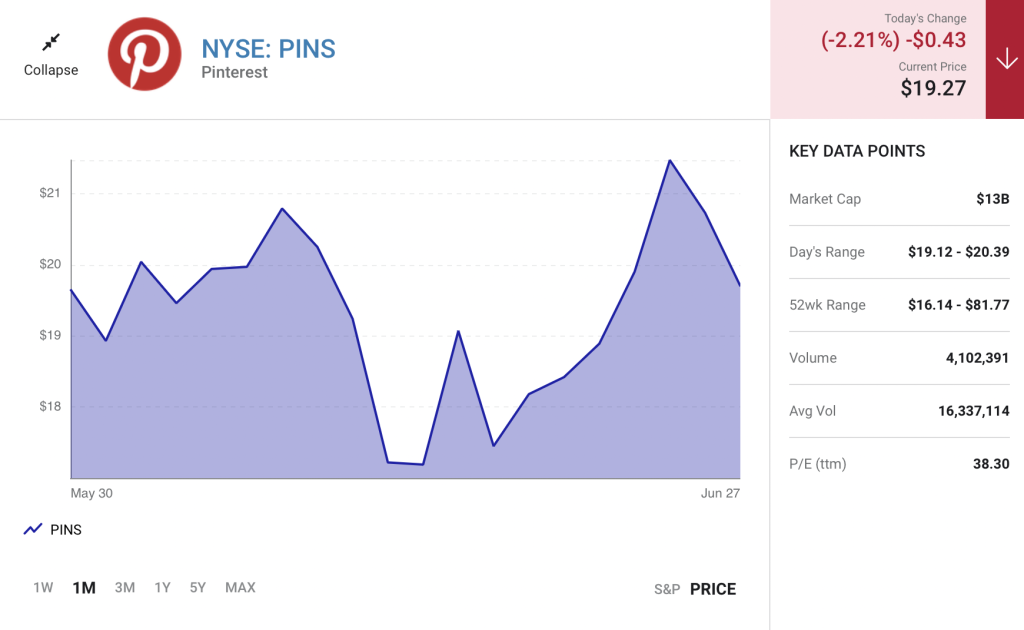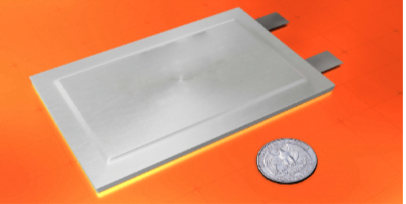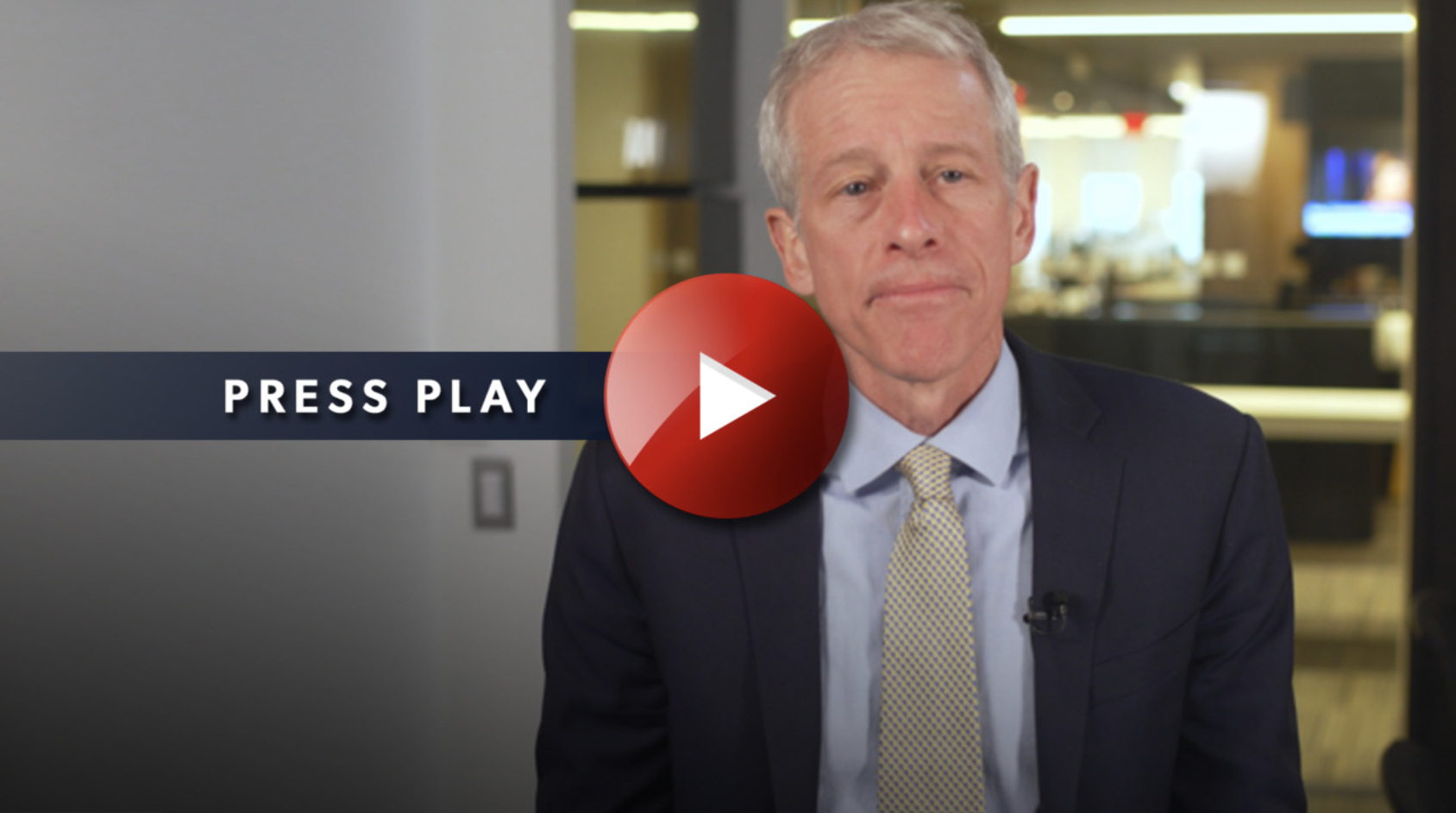CEO Ben Silbermann has decided to step aside as the company enters a new chapter.
Typically, when a 39-year-old founder and CEO of a successful business decides to step down, it isn’t a positive development. However, Pinterest (PINS -2.21%) might be an exception.
The social media company announced that CEO Ben Silbermann, who co-founded the business 12 years ago and has been in the top spot ever since, is stepping down from the role and becoming executive chairman of the company. The reason has to do with Pinterest’s recent shift to focusing on the e-commerce applications of its platform, and it could end up being a long-term net positive for the business and its investors.

Why is Ben Silbermann stepping down?
The short answer is that Silbermann is stepping aside to let someone with more e-commerce experience take the lead, as the social media company attempts to better monetize its 433 million users. As Silbermann said in the press release announcing the transition, “In our next chapter, we are focused on helping Pinners buy, try and act on all the great ideas they see.”
Taking over the top spot is Bill Ready, who assumes the new role right away (June 29). If you aren’t familiar, Ready has been the president of commerce at Alphabet’s Google for the past couple of years and had previously been a PayPal executive and CEO of Venmo. In a nutshell, Ready is an e-commerce and payments veteran.
Pinterest is shifting its focus
In recent quarters, as Pinterest’s user growth has slowed (it has actually lost millions of users in the past year), the company has made it clear that it sees a major opportunity to pivot from an ad-centric model to an e-commerce platform. The company has made several big moves, such as a partnership with Shopify to allow users to create “product pins,” as well as its recent acquisition of The Yes.
Pinterest is an idea-generation platform. People search for things that they eventually end up buying, so it seems very logical for Pinterest to involve itself in these transactions. Plus, Pinterest’s user monetization is a fraction of what other major social media platforms generate, and e-commerce could help bridge the gap.
For example, the average North American Pinterest user generates $4.98 in quarterly revenue for the company, less than 10% of the $48.29 Meta Platforms‘ Facebook brought in during the first quarter on a per-user basis. Internationally, the gap is even wider.
Outside of Europe and North America, where 220 million Pinterest users reside, the average user generated just $0.08 in revenue in the first quarter, compared with more than $3 for Facebook users. To be fair, Pinterest has done a great job of growing its average revenue per user in recent years, but it’s fair to say that there’s potential to do much better.
Is Pinterest stock a buy?
Building out meaningful e-commerce functionality in a social media platform is a heavy lift and one that isn’t a sure thing. However, there’s a solid argument to be made that with Silbermann at the helm, the company was being run by social media experts who saw an opportunity to pivot to e-commerce. With Ready in the CEO role, there’s a clear e-commerce leader in the top spot, and it will be interesting to watch the company’s progress over the next few quarters as he starts to implement the new strategy.
With shares trading nearly 80% below their highs, a great track record of revenue growth, and virtually limitless potential to grow its e-commerce business with several million active users already in its ecosystem, Pinterest could be worth a look for investors who have the patience for the e-commerce strategy shift to evolve.






